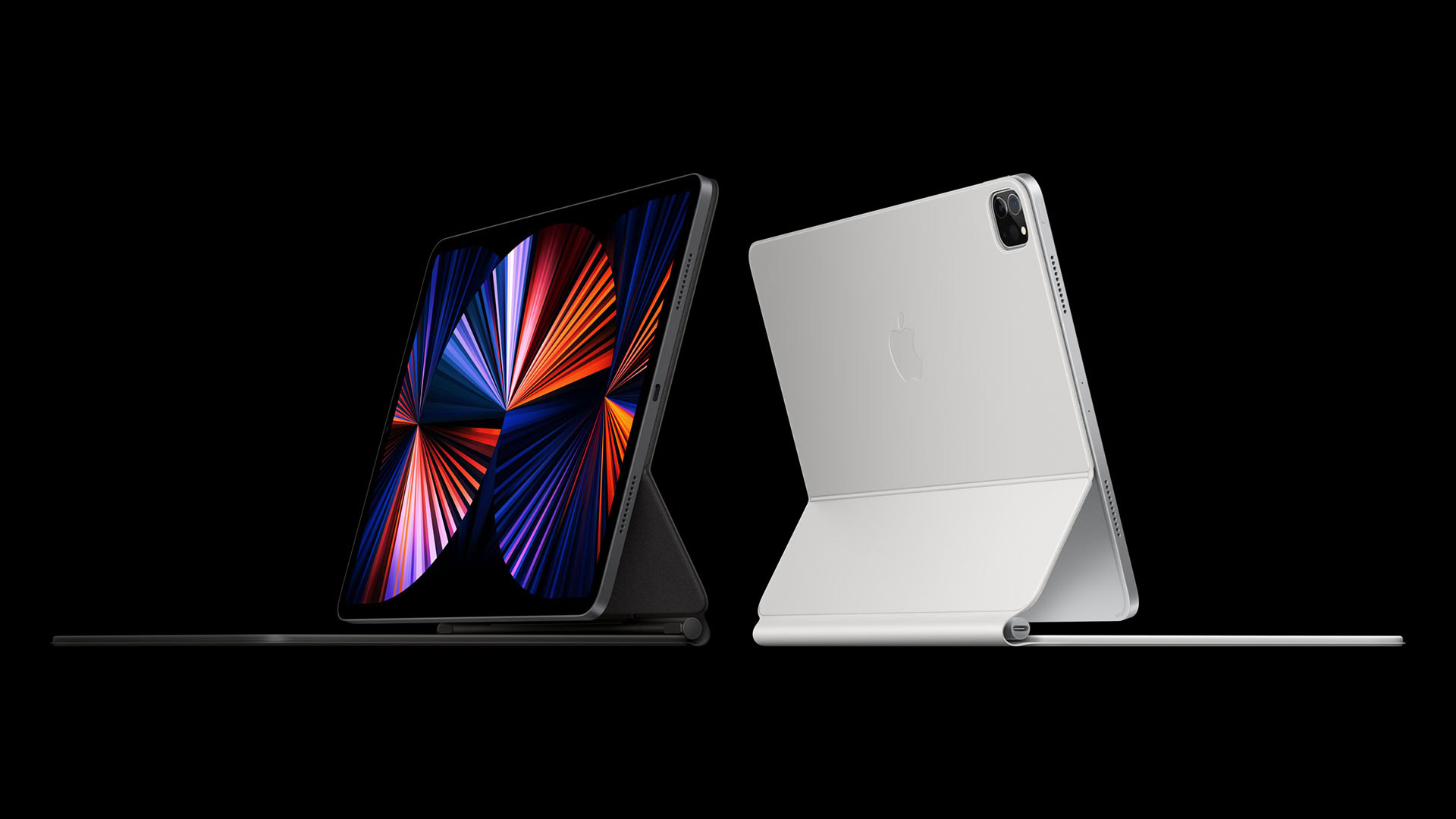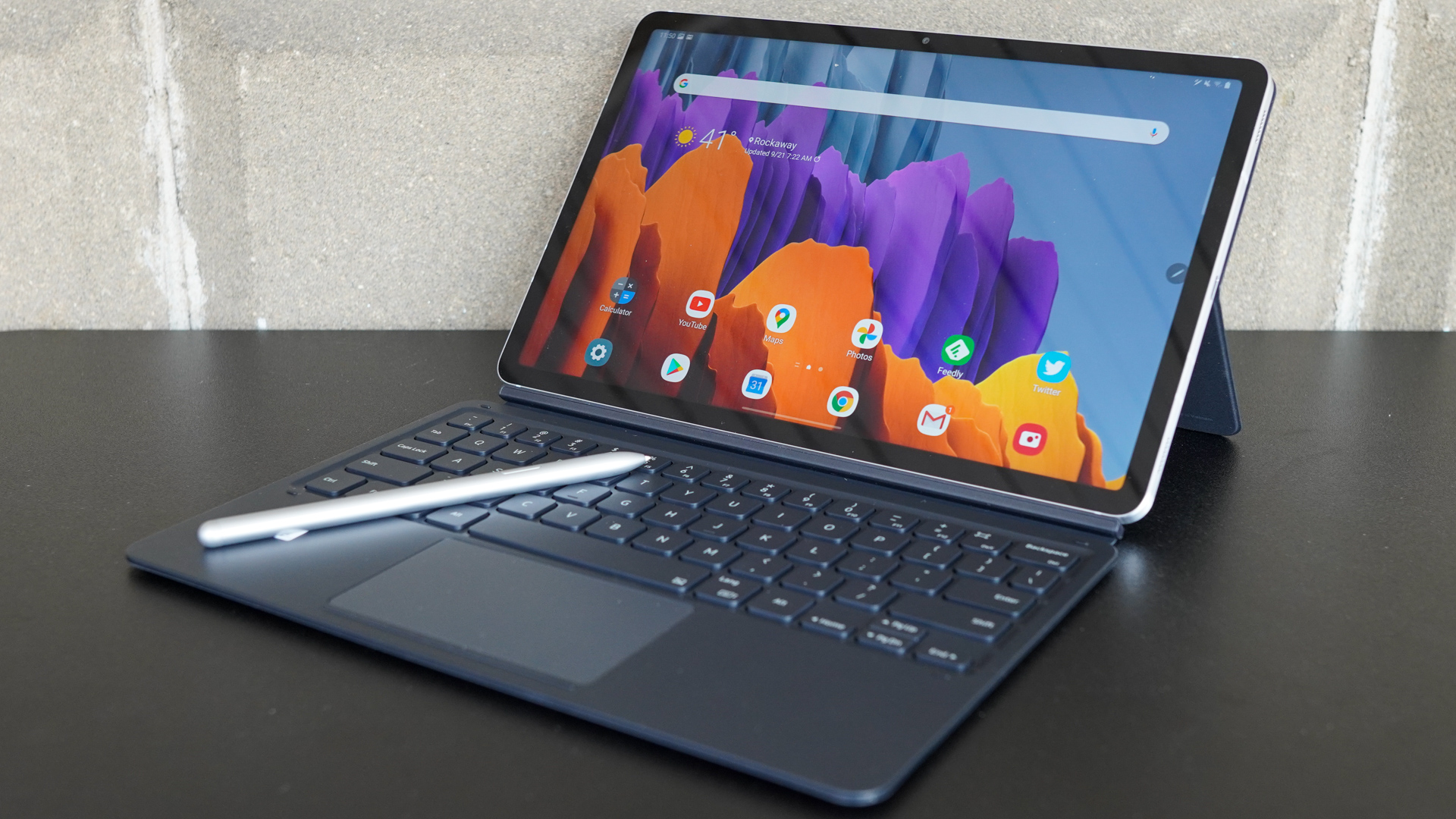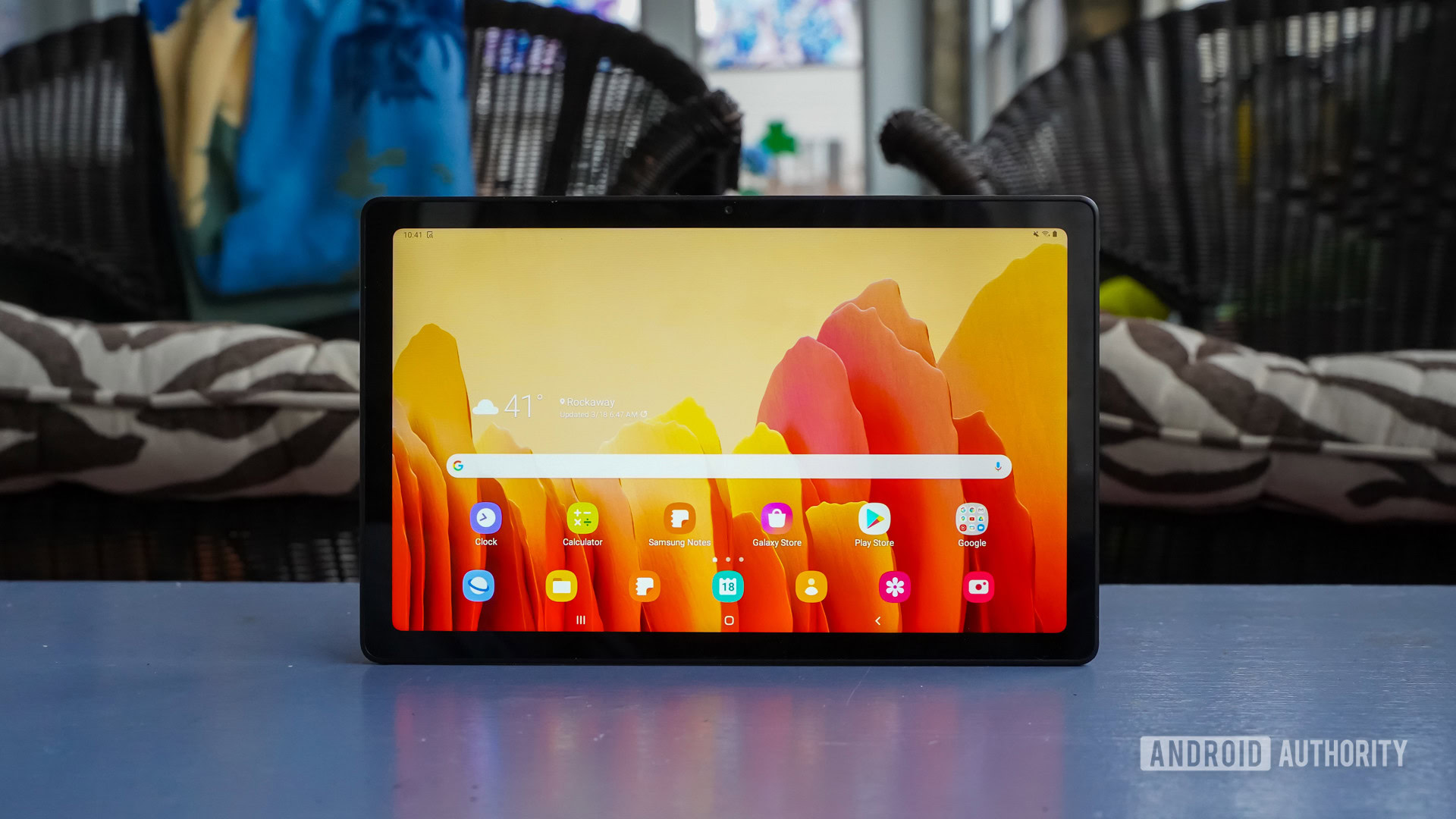Affiliate links on Android Authority may earn us a commission. Learn more.
Apple iPad Pro puts Android tablets to shame
Published onApril 21, 2021
Apple debuted lots of fresh hardware at its spring event this week, including a new pair of iPad Pro tablets. The slates from Apple boast desktop-grade performance thanks to the M1 processor, 5G mobile data, and high-tech displays. Looking at the Android competition, it’s clear a deep gulf separates Apple’s pro tablets from even the best from Google and partners. Will Samsung and other slate makers ever close the gap? It’s not likely.
A new Pro in town

Let’s look at Apple’s latest hardware. The new Apple iPad Pros continue to come in 11- and 12.9-inch models with a design that’s been carried over since the late 2018 devices. Nearly all the new features are shared across both tablets. The primary feature is Apple’s M1 silicon, which is the same processor that appears in Apple’s new iMacs, Macs, and MacBooks. The M1 is a powerhouse of a processor that delivered stunning results in benchmarks in Apple’s full-fledged computers. Apple says the M1 boosts performance of the new iPads by up to 50% when compared to the previous generation — and 75 times when compared to the original 2010 iPad. Given the already great performance of the previous models, it’s safe to say the 2021 iPad Pros will push some serious power.
Some of the other upgrades for the 2021 models include up to 16GB of RAM, up to 2TB of storage that’s two times faster, four-speaker audio, Thunderbolt USB-C, studio-quality mics, LiDAR+ for advanced augmented reality, and support for 5G networks. Apple improved the user-facing camera, which is now a super-wide-angle 12MP affair with support for a feature called Center Stage. This functionality relies on the wide field of view to follow the subject of the video as they move around in the frame. The idea is to improve video calls (though Apple stopped short of moving the camera from the top of the tablet to the side, where it makes more sense.)
It's safe to say the 2021 iPad Pros will push some serious power.
The 12.9-inch model packs one feature the 11-inch doesn’t: a mini-LED display. Apple is calling it the Liquid XDR display. It has more than 2,500 lighting zones that push brightness to 1,000nits and peak brightness to 1,600nits with a contrast ratio of 1,000,000:1. Why such a screen? Apple says it’s meant for video and photo work, as it provides the most realistic color and light.
Pricing for the 2021 iPad pros ranges from $799 to nearly $2,400 depending on storage and wireless options.
Nothing in the Android world comes close.
The best Androids fall short

There’s no question that the Samsung Galaxy Tab S7 and S7 Plus are the best competitors to the Apple iPad — though it’s probably fairer to compare the Tab S7 to the mid-range Apple iPad Air than the full-fledged iPad Pro (particularly where the price is concerned).
The Tab S7 and S7 Plus come in 11-inch and 12.4-inch variants. These devices include Super AMOLED displays, Qualcomm Snapdragon processors, dual rear cameras, plenty of storage options, S Pen support, and are compatible with optional keyboards. The two tablets are powerful enough for work, particularly thanks to Samsung’s dedicated DeX desktop mode for more PC-like computing. Pricing is in the $650 to $1,100 range.
If you're in the market for a solid Android slate, the Tab S7 range is where you should be shopping.
Nearly all other Android tablets fall into the entry-level range, such as the Samsung Galaxy Tab A7 or Lenovo M10 HD. These are fine devices for casual media consumption, but not for getting work done.
Chrome OS machines, such as the Lenovo Duet Chromebook, which is a slate-style device with a detachable keyboard, don’t cut it.
HUAWEI makes some killer tablet hardware, too. The HUAWEI MatePad Pro is an excellent piece of hardware, but it lacks access to the Google Play Store, and thus most of the apps needed to make it a productivity champion.
You’d need to jump to the Microsoft Surface Pro X to find a tablet computer that’s as powerful as the Apple iPad Pro.
Why such a gap?

There are two reasons why Apple’s slate is superior: silicon and software.
Before the M1, Apple’s A-series Bionic processors were hard enough to beat. With the M1 on board, Apple has upped the ante by infinity. Qualcomm’s best Snapdragon processors (think 888) are impressive, no doubt, but they don’t quite offer the integration that Apple’s homegrown computing engine can. The x86 architecture of Windows machines is a more comparable competitor to the M1.
Then there’s iPadOS, the App Store, and those two million apps designed just for the iPad. Apple was sure to highlight some of them during its spring event, including an advanced version of Adobe Photoshop. Google hasn’t taken the tablet variant of Android apps seriously for some time. Sure, most of them work on tablets, but not enough of them have fully optimized versions for slates such as Samsung’s.
Can Android ever compete? Samsung’s next-generation Galaxy Tab S8 isn’t due until later this year, so we’ll need to wait a bit longer to see what’s in store from Apple’s primary mobile computing competitor.